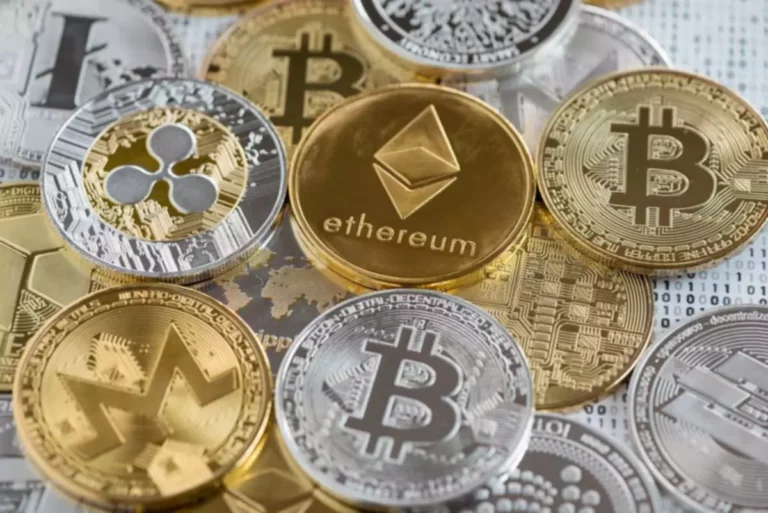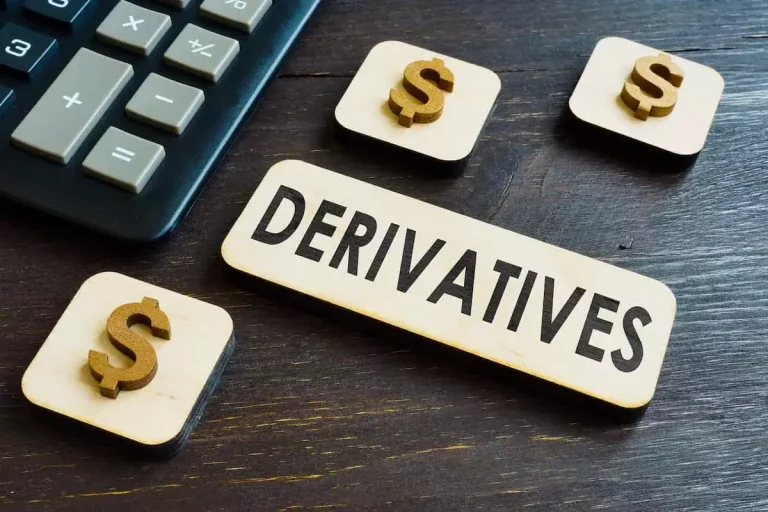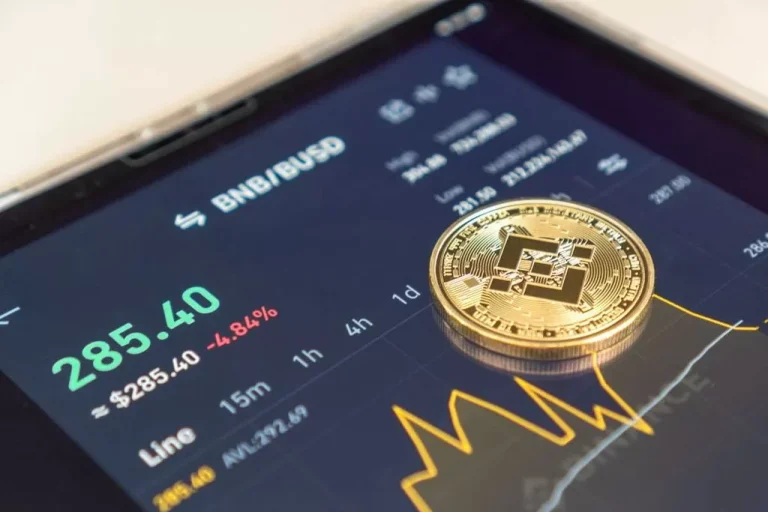Content
These can provide a more direct exposure to changes in commodity prices. Examples of commodities include wheat, corn, gold, oil, and other similar assets. Meanwhile, securities include government bonds, company shares, https://www.xcritical.com/ and derivatives like futures and options. Securities trade on financial markets that allow investors to buy and sell assets within seconds.

Is Bitcoin a security or a commodity?
It can also undermine investor confidence, disrupt market stability, and hinder the growth and adoption of cryptocurrencies. For example, cryptocurrencies like Bitcoin and Ethereum may be classified as commodities because they were designed to act as a store of value or because of their decentralized nature. On the other hand, token types like security tokens are classified as securities because they represent shares of projects or a company. Most investors will do is bitcoin a security or commodity well with a diversified mix of low-fee assets such as Wealthsimple Invest.
Differences between commodities and securities
Likewise, trade of commodities occurs between companies dealing in these. For instance, food producers would buy livestock and agricultural commodities, whereas industrial companies would buy metals. However, generally, we need help to draw a hard line between the usages of different types of commodities as multiple companies have exposure to various commodities. A commodity is a tangible product, such as raw material, that is used to make other products. Moreover, soft products like grains, livestock, and cotton are also part of a commodity. Investing in securities, Cryptocurrency wallet however, involves risks such as market risk, where the price of the security could fall due to factors like economic developments or changes in investor sentiment.
What Determines Commodities Prices?
Companies that issue securities like stocks and bonds must provide investors with detailed, transparent information, while commodities are subject to less stringent reporting requirements. Commodities traders buy and sell either physical (spot) commodities or derivatives contracts that use a physical commodity as its underlying. Depending on what type of trader you are, you’ll use this market for different purposes. For instance, you might buy or sell a physical product, hedge parts of your portfolio, speculate on changing commodity prices, or arbitrage across markets. A commodities market is a physical or virtual marketplace where raw or primary products are traded. These products are typically natural resources or agricultural products that are largely uniform in quality across producers.
- SoFi does not guarantee or endorse the products, information or recommendations provided in any third party website.
- Together, strict position limits and trade reporting offer crucial transparency that aids price discovery while curtailing the potential abuse of commodities derivatives.
- The ownership of securities is immediately transferred to the buyer when the deal is finalized.
- Commodities are predominantly traded electronically; however, several U.S. exchanges still use the open outcry method.
- In the CTFC case against Binance in 2023, the agency accused Binance of illegally trading several cryptocurrencies—Bitcoin, Ether, Litecoin, USDT, and BUSD—considered commodities.
- For example, the gas you put in your car is created by refining crude oil.
Differences Between Commodities and Securities
These range from agricultural products, like wheat and corn, to natural resources like oil, gas, and precious metals. Investors should consider the strengths and weaknesses of any asset before investing their money. Commodities can help you realize profits and act as useful hedges against inflation. However, these investments can be volatile, and factors like climate and macroeconomic conditions impact their value. These assets can provide the highest gains, but if they go wrong, you can quickly lose your entire investment. Securities that give investors partial ownership of a company have a higher level of risk than corporate debt.
The company and its leading figures are strictly liable for any inaccuracy in its financial statements, whether intentional or not. Later legislation created the Securities and Exchange Commission (SEC), which is responsible for regulations and enforcement. In contrast, commodity assets like gold, diamonds, baseball cards, or a new digital asset class non-fungible tokens (NFTs), aren’t fungible. Each non-fungible unit has unique qualities and differs from each other. Livestock is the term for the domesticated animals raised on farms for use as food, labor, and more.
A commodity is a tangible product, often a raw material that can be used to make other products. Hard commodities include energy goods like oil and gas as well as metals like gold and silver, while soft commodities are generally agricultural goods like grains, livestock, and cotton. Traders can buy and sell commodities on the spot market or by using derivatives such as futures and options. Commodities and securities represent two distinct investment opportunities, each with its own set of advantages and risks. Commodities offer a way to hedge against inflation and diversify portfolios, but they come with increased volatility. Securities, on the other hand, provide more stable growth and income opportunities, especially for long-term investors.
Commodities are raw materials or basic goods that can be bought and sold. Some commodities represent ownership of a physical product, such as a bag of grain or a barrel of crude oil. Commodity markets respond to supply and demand dynamics in the physical global market.
Sign up for our weekly non-boring newsletter about money, markets, and more. However, when the real estate bubble burst, the value of these MBS bundles plummeted as more people walked away from their mortgages, causing mass losses for investors and institutions. The MBS bundles can be sold on the secondary market to institutions, corporations and individuals. When you buy an MBS, you have the right to a portion of the value of the bundle. This includes part of the monthly mortgage payments and principal for the entire pool. Securities are susceptible to market risk, including the potential for bubbles that drive valuations to unsustainable levels, leading to painful corrections.
For example, commodities traded on the CBOT include corn, gold, silver, soybeans, wheat, oats, rice, and ethanol. Technological revolutions transformed the industry as computerized and eventually network-driven trading became the norm. In 2008, the financial crisis and the tripling in price of wheat futures sparked calls for further and more stringent regulations. The Dodd-Frank Wall Street Reform and Consumer Protection Act of 2010 expanded the CFTC’s jurisdiction to include over-the-counter derivatives like swaps. In the following decades, the CEC’s authority expanded to cover more and more commodities. By the early 1970s, Americans were facing higher fuel costs, rising unemployment, and an economy teetering toward what would become the stagflation of the 1970s.
A fixed-income security is an investment that pays out on a regular schedule. The interest payments are fixed in value and paid out periodically until maturity when the principal is returned. Investment banks bundle these mortgages based on common characteristics and sell them as mortgage-backed securities.

To do this, these products typically will track or hold futures contracts on a rolling basis, frequently focusing on shorter-term futures. This means that they’ll replace shorter-term contracts or contracts about to expire with others that have more distant or deferred expiration dates in order to maintain the desired exposure. This geared exposure is usually for a specific period, like one day or one month, and such products are generally not designed to be held for periods that deviate from that. Given the more volatile nature of some commodities and the additional complexities of the futures market, leveraged or inverse ETPs tracking commodity futures can present investors with heightened risks. Anyone who trades futures with the public or gives advice about futures trading must be registered with the National Futures Association (NFA).
In the broadest sense, the basic principles of supply and demand drive commodities markets. Changes in supply affect demand, and low supply equates to higher prices. So, any disruptions in the supply of a commodity, such as a virus that affects cattle or a cold snap in a citrus area like Florida, can cause a spike in the generally stable and predictable demand for a commodity. In the past, commodities trading required significant amounts of time, money, and expertise and was limited to professional traders. Today, there are far more options for participating in the commodity markets. Contrarily, you invest in security when buying financial instruments with a certain value.

Investors can make more money with securities than commodities, but securities tend to be riskier than commodities. A gold mining company can go out of business and hurt investors in the process, but if you invest in gold bullion, you still have gold. However, some stocks double within five years and significantly reward long-term investors. Crypto Futures and CFDs products are complex financial instruments which come with a high risk of losing money rapidly due to leverage. You should consider whether you understand how leveraged products work and whether you can afford to take the inherently high risk of losing your money. In conclusion, navigating the Crypto landscape requires clear regulatory guidance to address jurisdictional complexities and investor protection.
• Commodities prices are influenced by factors like supply and demand, weather events, and geopolitical changes. We are providing state-of-the-art services to protect your assets against different threats in the digital world. Visit here to learn more about our full range of services and how we can help secure your investments and Digital Assets. Likewise, many segments of the cryptocurrency push it closer to the definition of securities. For instance, blockchains are practically on a security framework when they raise funds through initial coin offerings (ICOs), making crypto security vs. commodity a reality. However, things get tough when it comes to distinguishing digital assets like cryptocurrency.